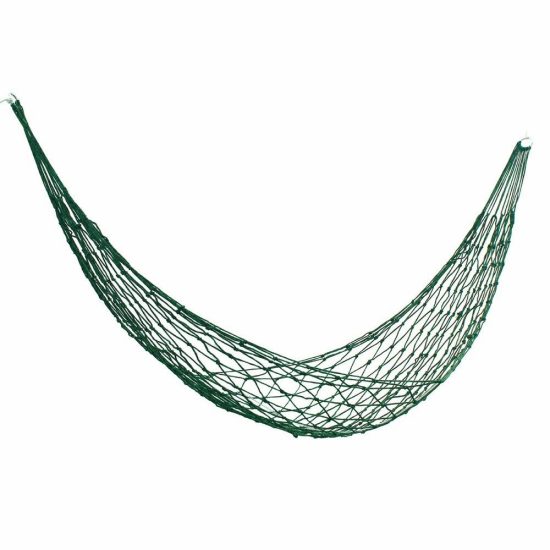Rope hammocks are available in various materials, each offering different qualities in terms of comfort, durability, and weather resistance. Here are some commonly used materials for rope hammocks:
- Cotton: Cotton rope hammocks are popular for their softness and breathability. They provide a comfortable and cozy resting experience. However, cotton ropes may require more maintenance and can be susceptible to stretching and mildew if not properly cared for.
- Polyester: Polyester rope hammocks are known for their durability and resistance to weather conditions. They are less prone to stretching and can withstand outdoor elements such as sunlight and moisture. Polyester ropes are also easy to clean and maintain.
- Nylon: Nylon rope hammocks are highly durable and resistant to wear and tear. They have excellent strength and can support heavier weight capacities. Nylon ropes are also resistant to mildew, making them suitable for outdoor use in various climates. However, nylon ropes may be less breathable compared to cotton or polyester.
- Olefin: Olefin rope hammocks are made from a synthetic fiber known for its resistance to fading, moisture, and mildew. They offer good durability and are often used in outdoor settings where weather resistance is crucial. Olefin ropes are also easy to clean and maintain.
- Hemp: Hemp rope hammocks are crafted from natural hemp fibers, which provide strength and durability. Hemp is known for its resistance to UV rays and mildew. These hammocks offer a rustic and eco-friendly option for those who prefer natural materials.
When selecting a rope hammock, consider the specific qualities of each material and how they align with your preferences and intended use. It’s important to choose a material that suits your desired level of comfort, durability requirements, and the environment in which the hammock will be used.


